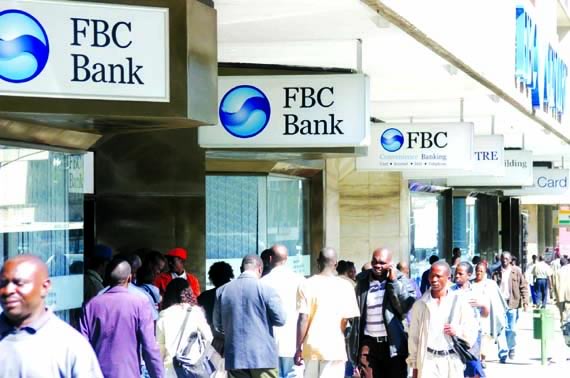TransLimpopo initiative finalises work plan

Senior Business Reporter
THE TransLimpopo Spatial Development Initiative has come up with a final work plan draft that spells out possible business opportunities available for foreign investment in the Matabeleland region. The spatial development initiative was mooted in 2001 when South Africa and Zimbabwe signed a bilateral economic pact to increase investment in Matabeleland.
However, the implementation of the programmes under the pact was stalled over the years after the development concept was downplayed by some interested parties who could benefit from it.
“The final draft of our programme of action (work plan) has been finalised and we are just waiting for its approval by the joint executive committee and then we link it with that from the South African side.
“Our work plan is looking at projects that we have along the corridor right from Beitbridge up to Victoria Falls,” TransLimpopo Spatial Development Initiative co-chairperson, Obert Sibanda, said yesterday.
“Along that corridor there are quite a number of projects that we have identified such as livestock production, irrigation schemes resuscitation and development, feedlots, Lupane coal-bed methane gas, tourism, coal mining, green projects as well as resuscitating the Export Processing Zone in Beitbridge.”
He added: “We’re also working with local authorities to identify and package the projects and the most interesting thing is that our work plan packages the projects in light of the envisaged Special Economic Zones (SEZ).”
The government has announced plans to establish SEZs, which are geographical areas within the country that have different tax regimes in order to attract investors.
Progressive countries such as China, India, Brazil and Japan have embraced the concept.
Bulawayo is in the spotlight for the proposed SEZ with efforts to package green projects as well as resuscitating ailing firms.
During a recent investment conference in Harare, Sibanda said the TransLimpopo Spatial Development Initiative was given a platform to highlight to foreign investors the investment opportunities available in Matabeleland.
He said in line with the government’s objectives, their work plan laid a foundation for the setting up of SEZs in Matabeleland region.
In 2004, stakeholders in the TransLimpopo Spatial Development Initiative came up with a road map to attract investment to the region.
On the local front, the players include the Zimbabwe Tourism Authority, Bulawayo City Council, Gwanda Town Council, and the Zimbabwe Investment Authority.
On the South African side, Polokwane Province and Venda University were some of the parties who were signatories to Memorandum of Understanding that seeks to promote trade and economic development in the TransLimpopo corridor.
It is hoped that some of the challenges facing Bulawayo could be addressed by embracing the TransLimpopo Spatial Development Initiative concept.
The city, saddled with company closures and job losses amid biting liquidity constraints, is in dire need of revival to regain its status as the country’s manufacturing capital.









Comments